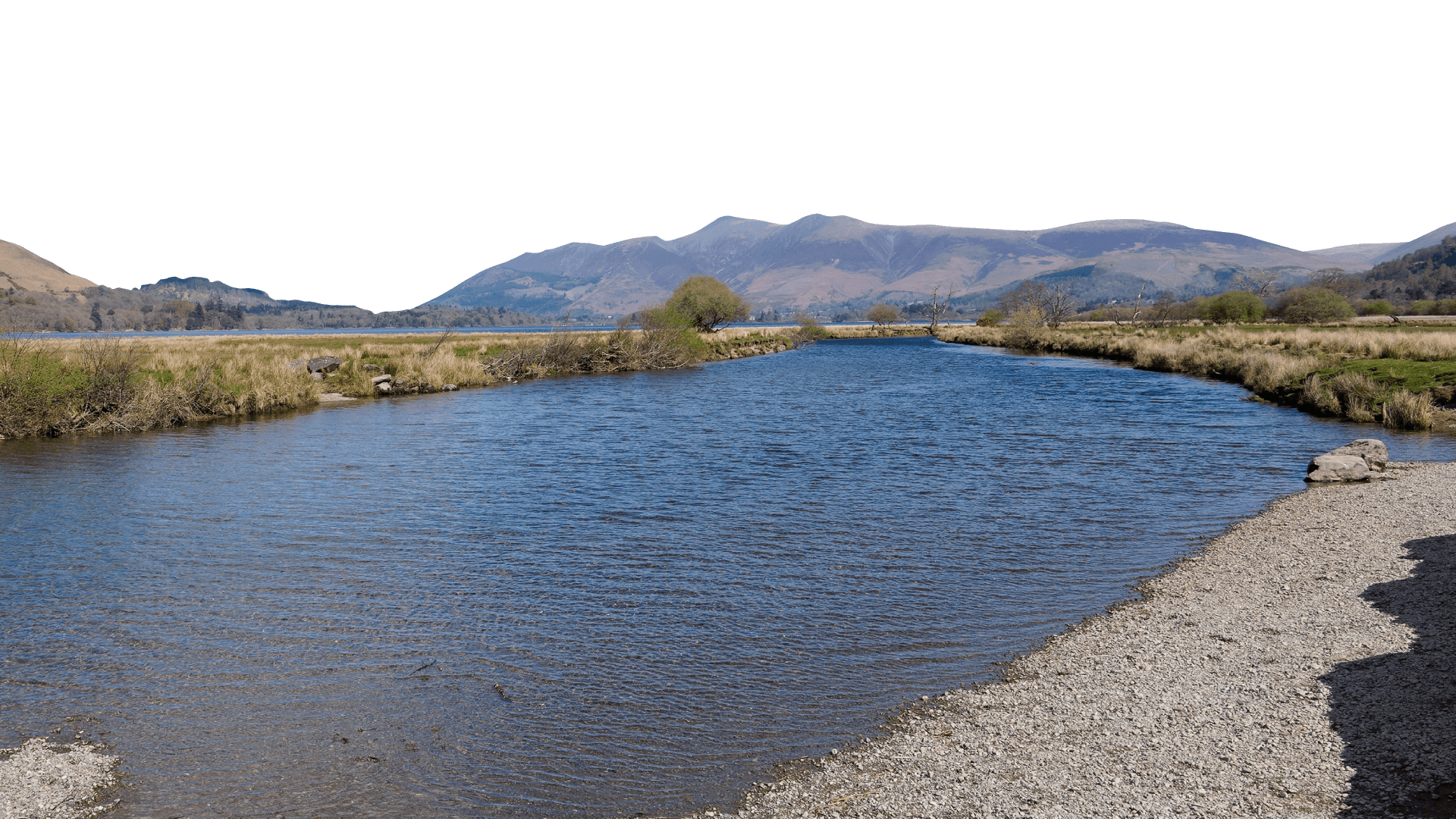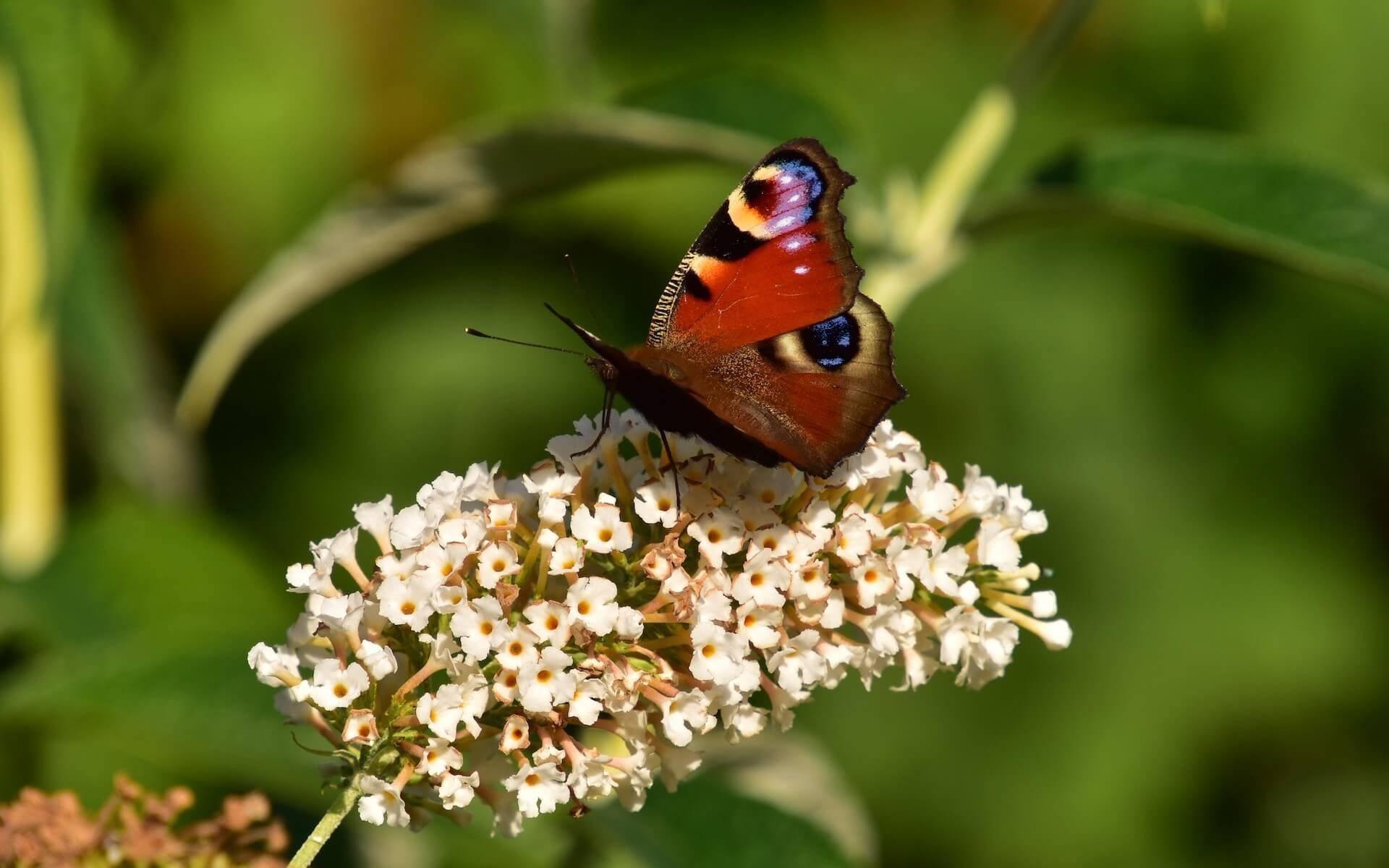
Invertebrates
Invertebrates are all animals with no backbone such as insects (e.g. butterflies, moths, beetles), spiders, worms, crustaceans (e.g. crabs and lobsters), molluscs (e.g. slugs, snails and mussels).
Invertebrates make up a whopping 97% of animal life, though no one can say exactly how many species there are. They live everywhere but a key habitat is in our rivers and lakes.
They are very important as they turn natural waste into fertile soil, they pollinate crops and wild flowers and provide essential food source for our fish and birds.
Macro-invertebrates are larger invertebrates that can be easily seen with the naked eye. Groups present in freshwaters include molluscs (snails, limpets etc), crustaceans (shrimps and slaters), insects (flies, beetles and bugs), leeches, worms and flatworms.
Invertebrates are widely used in the monitoring of freshwaters as there is high quality evidence that links their species make-up and density to the quality of the environment. They spend a large part of their life cycles in prolonged contact with the water and can therefore be reflective of environmental conditions over a long period of time.
Freshwater invertebrates are at the bottom of the food chain and are the staple diet for many other important aquatic organisms, such as salmon and trout. They play an important role in our river ecosystems, and can act as an early warning of many kinds of environmental disturbance.
Habitat loss, climate change and pollution are all key threats to our invertebrates.
Did you know?
The total number of invertebrate species could be 5, 10 or even 30 million compared to just 60,000 vertebrates.



